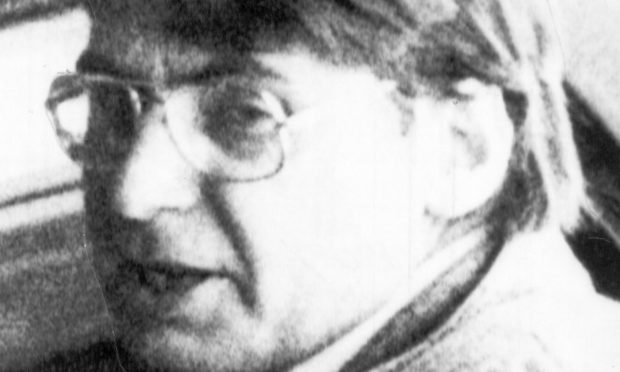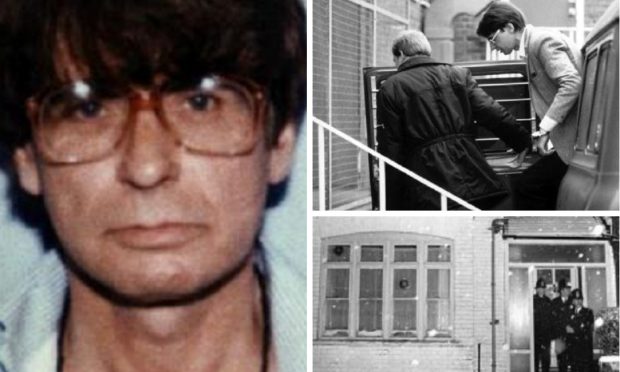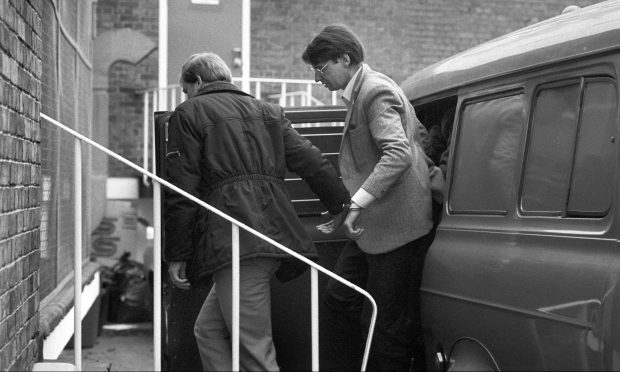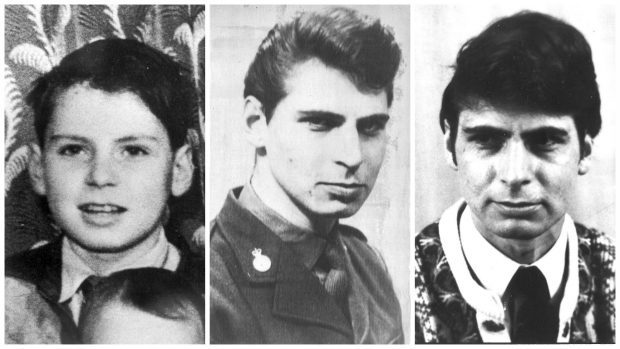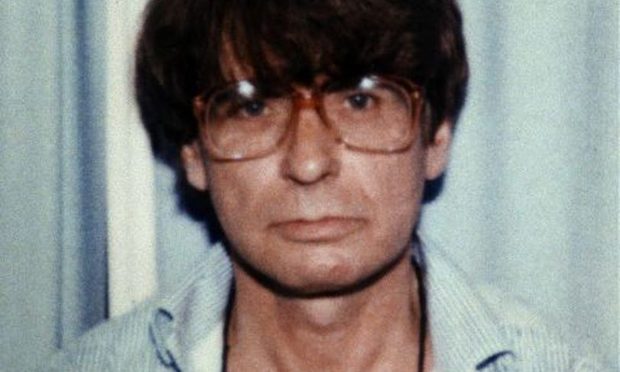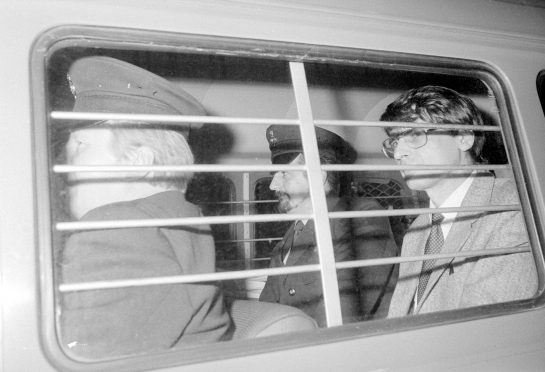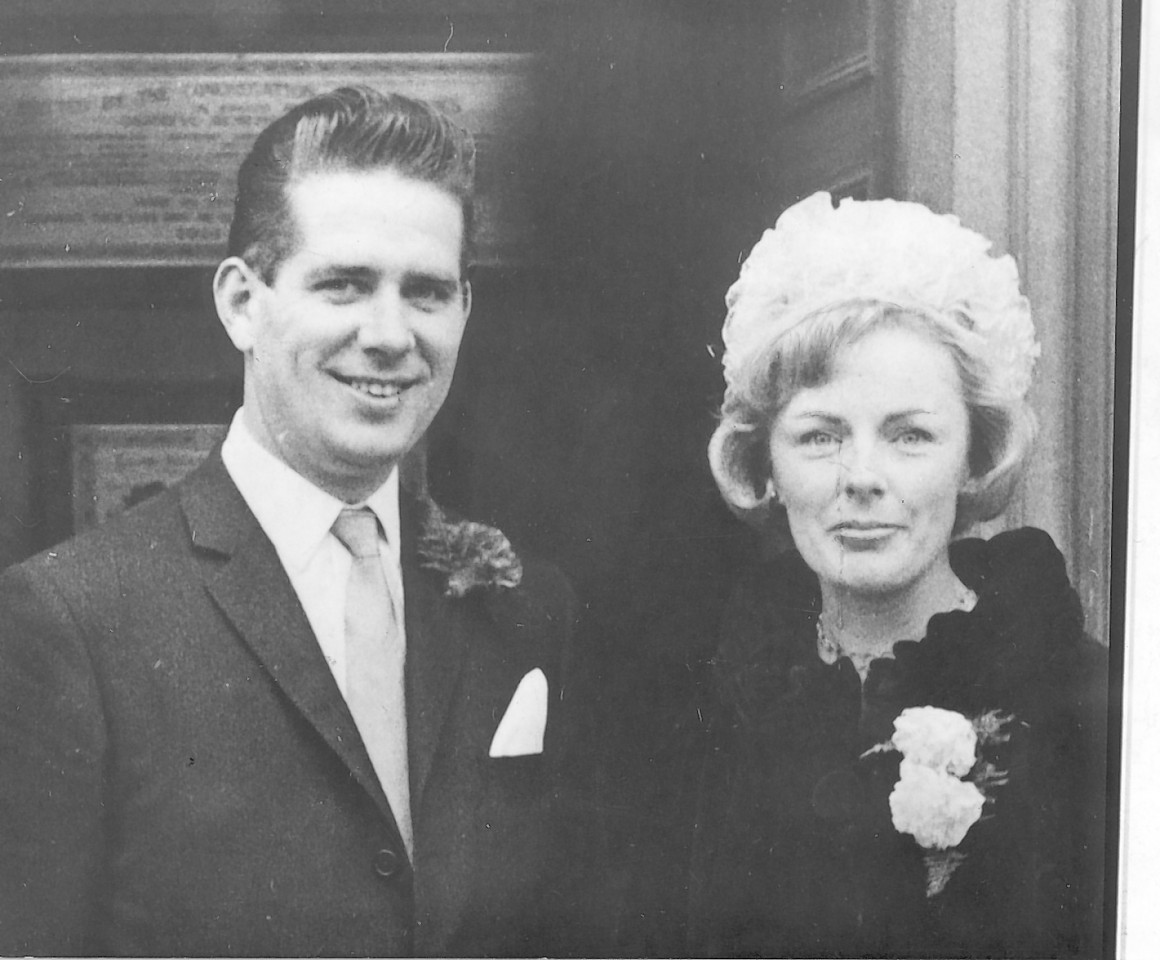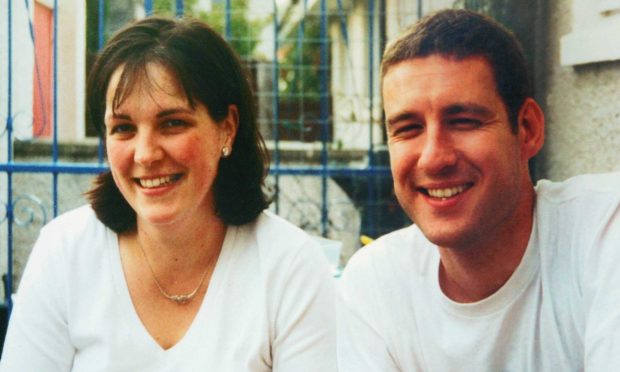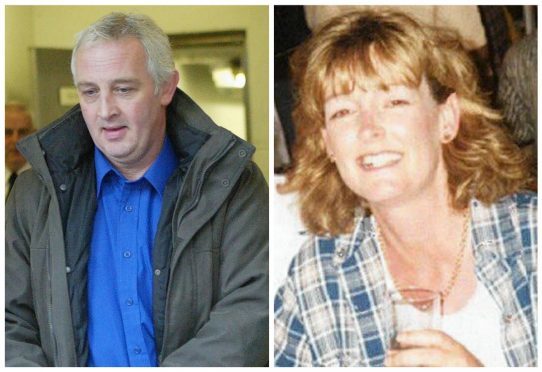The author of a book about serial killer Dennis Nilsen has recounted the first time he met him in prison.
The 72-year-old, who became known as the Muswell Hill murderer, was jailed for life in 1983 for killing six men and the attempted murder of two more.
Brian Masters first heard about the case through the media at the time and thought someone should try to make some sense of what had happened.
He later wrote to Nilsen about a proposal for a book and months and years of correspondence followed.
Mr Masters’ book, Killing for Company, was published in 1985 and has recently been used as source material for a new STV drama, Des.
Doctor Who star David Tennant portrays the serial killer and the three-part drama is told from the view of Nilsen.
Detective Chief Inspector Peter Jay is played by Daniel Mays, and Mr Masters is portrayed by Jason Watkins.
The first episode of the show aired on Monday and included a scene where the author and Nilsen met for the first time in prison.
Writing exclusively for The Sun, Masters said: “My first visit was dominated by Nilsen’s body language. We sat at a square table, with a tin ashtray in the centre which he filled throughout the interview — cigarettes being the only luxury I was permitted to bring with me.
“His arm hung casually over the back of his chair, as if he were in charge and was inviting me to explain myself. That attitude was to change as he gradually realised that I was not so easily manipulated and intended to manage the relationship in my own way.”
He said people have asked what Nilsen was like and if he was “likeable to any degree”.
Mr Masters said he could be witty but a friendship was never going to develop between them.
He added: “He was always talking at me, rather than with me, like a programmed, fully rehearsed stand-in for a spontaneous human.
“He never asked me anything, because it never occurred to him to listen. No wonder people walked away from him.”
The author said he visited Nilsen for about 10 years after his conviction but they ended after the killer heard him “on BBC comparing his crimes to those of others in the United States”.
He added: “I was not sorry. Nor was I ever ‘fascinated’ by the crimes, details of which were frankly so revolting that I withheld them from my book.
“I used to think it would come back to haunt and trouble me in old age. The thoughts and images which accompanied my work on this book are still there, somewhere, hidden and lurking.”
